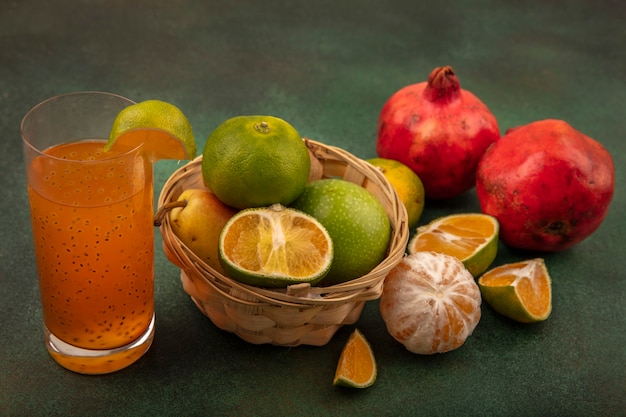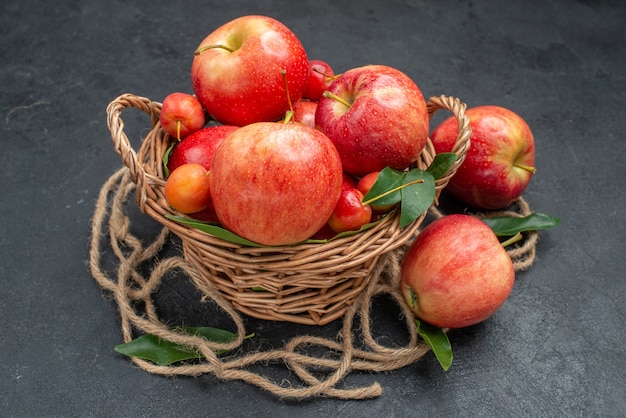Alcoholic ketoacidosis is a metabolic disorder that develops when an individual consumes excess alcohol and sustains long periods without eating. The condition is identified by high ketone levels in the blood and a high anion gap acidosis, but not high blood sugar levels.
Alcoholic Ketoacidosis is caused when excessive alcohol consumption inhibits the liver’s ability to produce glucose, resulting in lower insulin levels. This prompts the body to metabolize fats, reduce fatty acid oxidation, and produce ketones. Symptoms of the condition can include the scent of ketones on the breath, rapid heart rate, fast breathing, dehydration, and heavy sweating. Pancreatitis may also onset.
Diagnosis of Alcoholic Ketoacidosis commonly involves examining the patient’s medical history and identifying the presence of ketoacidosis without high blood alcohol or high blood sugar levels. It’s crucial to conduct a careful diagnosis as these symptoms could also be indicative of other medical issues like acute pancreatitis, poisoning, liver disease, or diabetic ketoacidosis.
The standard treatment for Alcoholic Ketoacidosis involves delivering a mix of 5% sugar water and salt intravenously. It’s also important to regulate potassium and magnesium levels in the body. Doctors may also administer thiamine and other water-soluble vitamins to prevent brain-related conditions such as Wernicke’s encephalopathy or Korsakoff’s psychosis.
For an accurate diagnosis and treatment of alcoholic ketoacidosis, consultation with a healthcare professional is advised.







